Wars have been waged by humans for centuries. The first battle occurred around 2,700 BCE between Sumer and Elam in Mesopotamia (present-day Iran and Iraq) when the Sumerian king Enmebaragesi led soldiers against the Elamites who had resourced the king desired. Since then, it has been estimated that between 100,000 and 300,000 have commenced.
While war is never pleasant, and often has devastating consequences for all involved, both voluntarily and involuntarily. There are often many different facets to battle and certain severity to the level of cruelty and unpleasantness faced, with some almost inconceivably gruesome. The most accurate way of calculating the atrocities of war is by using one macabre metric – the total number of human lives lost.
24/7 Tempo reviewed information from World Atlas to determine the most devastating battles in human history. Deaths from these battles total 14.2 million, including nearly 8 million lost from 1941 to 1945, and include soldiers and civilians either caught in the crossfire of combat or compelled to fight for their survival. These estimates do not include people who died from famine or disease in the aftermath of these battles but rather are the estimated number of deaths caused during the period of each battle or series of battles. (For a different perspective, read aboutAmerica’s most devastating battles.)
It is interesting to note that none of these deadliest battles have taken place after World War II. Wars today still have the same level of destruction and devastation but with advanced technology, newer weapons that are better equipped to inflict more damage and annihilation also have more advanced capabilities to reach their intended targets.
In eight of the ten most devastating military battles in human history listed here, Germany was the aggressor during the World Wars, while one took place in China and another in the 13th century. Half of these battles involved Russians punching back at German attackers. One of these battles lasted more than two years, while another lasted just 13 days.
Siege Of Leningrad
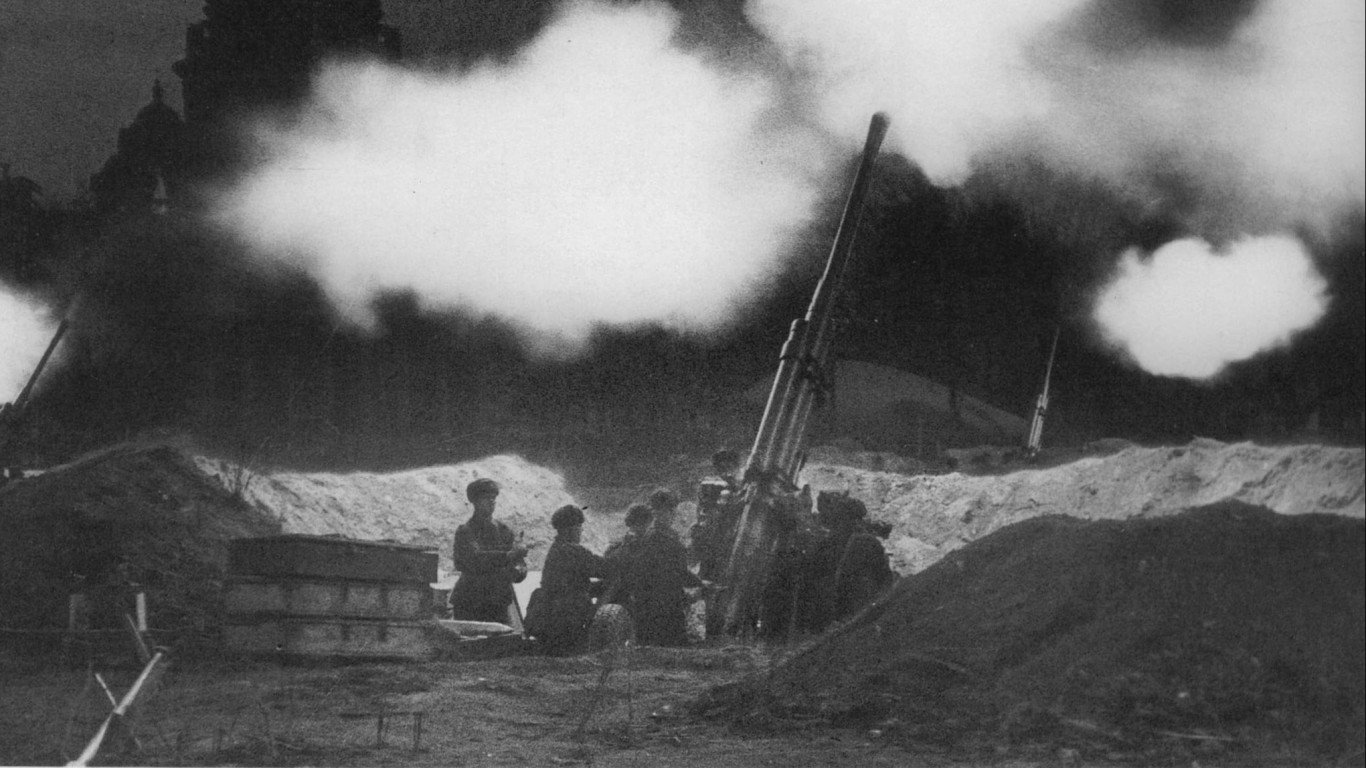
- World Atlas estimated casualties: 1.12 million
- Combatants: Germany, Finland, Soviet Union
The Siege of Leningrad took place in the Soviet Union from 1941 to 1944 in what is now called Saint Petersburg. This prolonged military siege lasted for 872 days and was one of the darkest periods of the Second World War. The Nazi Wehrmacht, aided by its Finnish allies, invaded – then blockaded and bombarded – this industrial center for months which led to hundreds of thousands of Leningraders dying from starvation, brutal winter weather, and disease, and some of the most desperate resorted to cannibalism.
The Somme
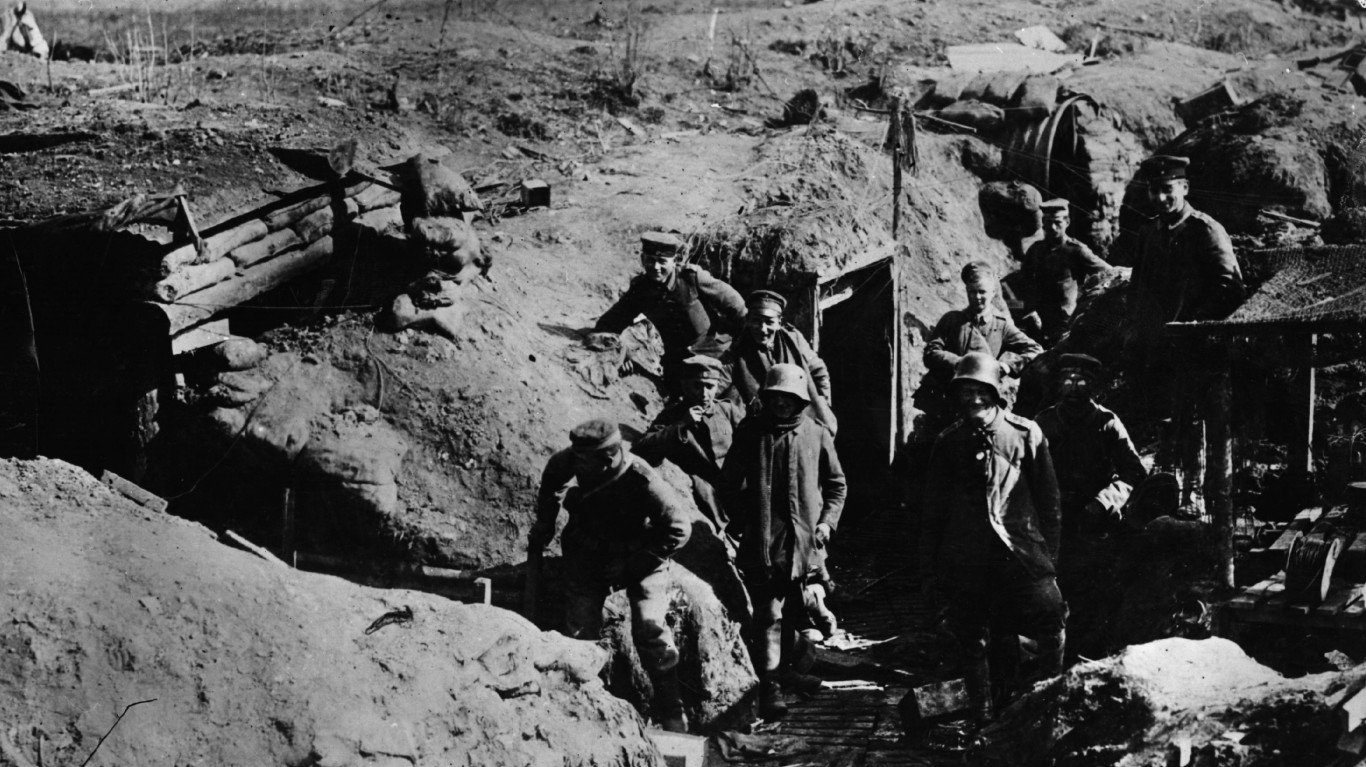
- World Atlas estimated casualties: 1.12 million
- Combatants: United Kingdom, France, Germany
The Battle of the Somme occurred in 1916 in France and is one of three World War I battles listed here. It was a British-French operation intended to defeat the Germans on the Western Front, but it turned into a brutal fight of attrition for which there was no clear winner. The British suffered more than 57,000 casualties (of which 19,240 were soldiers) on the first day of fighting alone in the battle that raged for more than four months.
Stalingrad
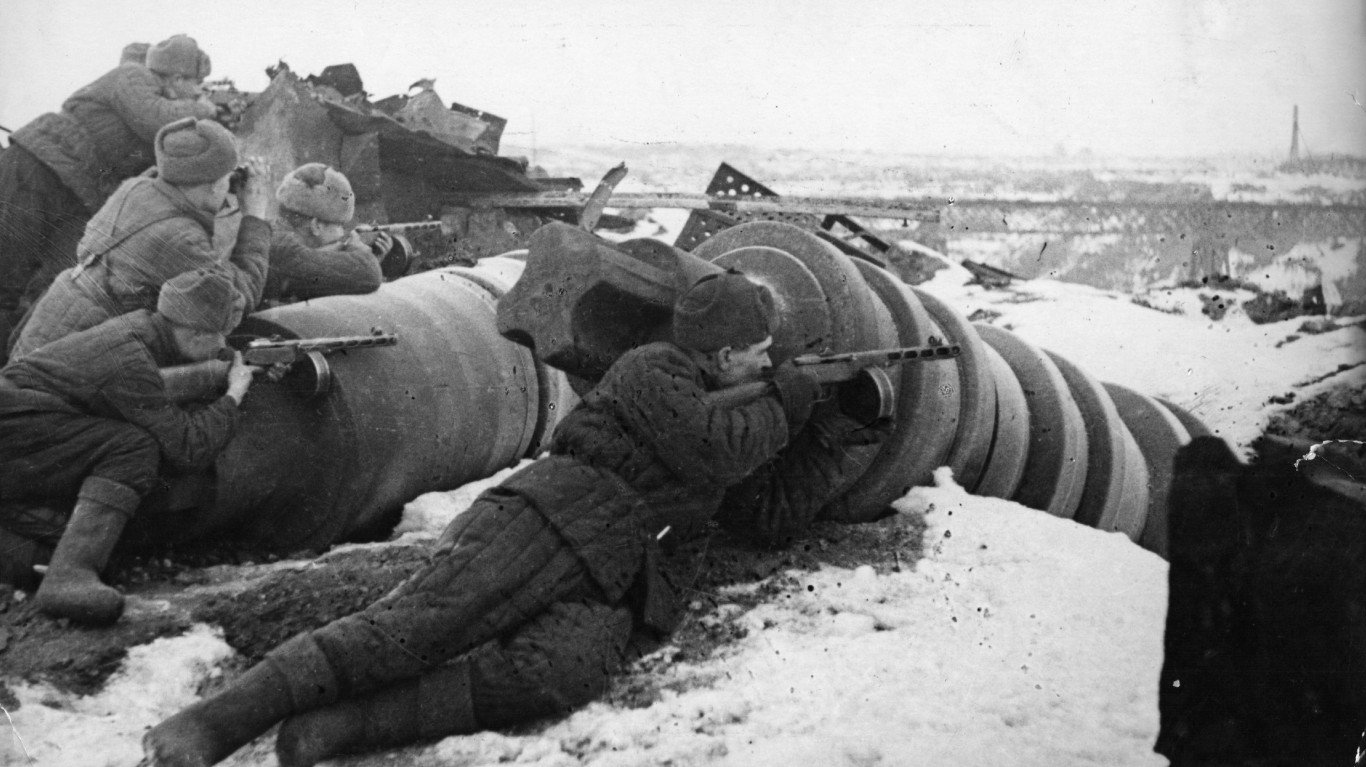
- World Atlas estimated casualties: 1.25 million
- Combatants: Germany, Soviet Union
The Battle of Stalingrad occurred during World War II in the Soviet Union. It took place from 1942-1943 and involved the Red Army against Nazi Germany, where Hitler was determined to take Stalingrad (now called Volgograd) on the Nazi drive to smash Russian forces and seize oilfields in the Caucuses. But Stalin was equally determined to hold the city at all costs and launched Operation Uranus, which successfully forced Axis powers in the city to surrender. But Russian troops paid dearly for the victory after months of urban warfare among the ruins and rubble of the bombed city.
Ichi-Go
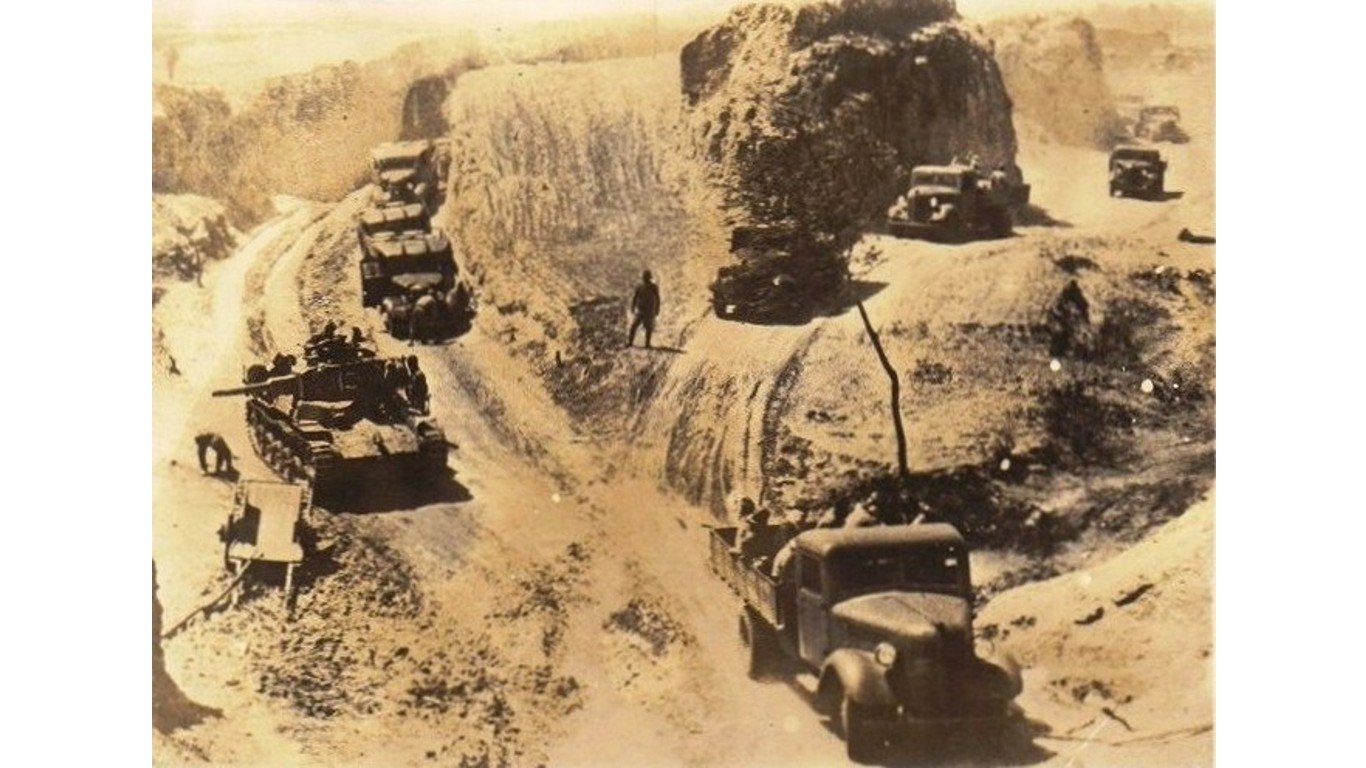
- World Atlas estimated casualties: 1.3 million
- Combatants: Japan, China, United States
Operation Ichi-Go took place in 1944 in China and was the largest and bloodiest military operation in Japanese history. It involved three major military clashes between the Imperial Japanese Army and the National Revolutionary Army of China (with air support from U.S. forces) that took place over eight months in three Chinese provinces.
“Ichi-Go” is part of a Japanese idiom that means “one time,” showing the Japanese viewed these fights as a one-time opportunity to seize Allied airfields and open up land routes to reduce dependence on maritime military assets. The Chinese refer to it as the Battles of Henan-Hunan-Guangxi.
Taking of Berlin
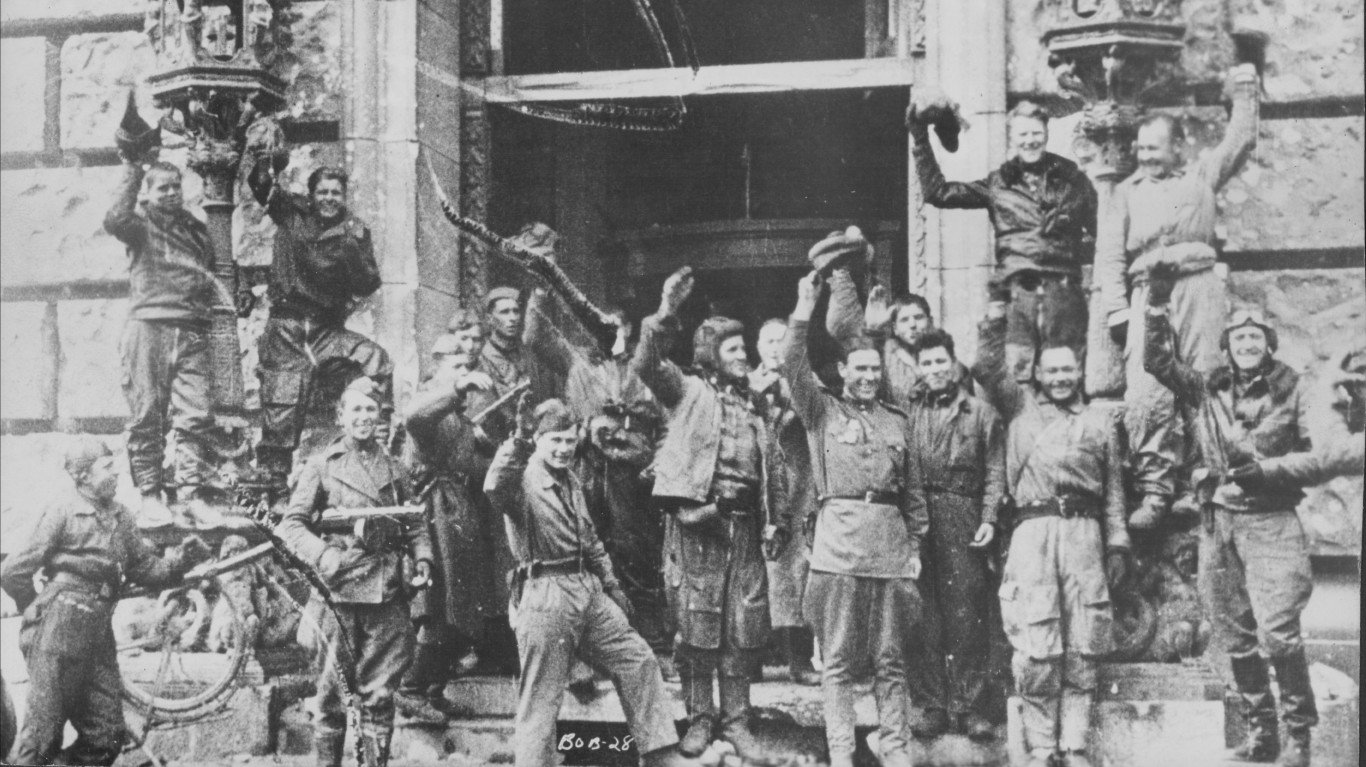
- World Atlas estimated casualties: 1.3 million
- Combatants: Germany, Soviet Union
Hitler’s refusal to surrender, perhaps fueled by his drug use as some historians claim, meant the Allies had to pound their way into the heart of Germany. Nazi forces pushed back at almost every opportunity. By the spring of 1945, the Red Army had Belin in its sights after losing millions of soldiers and civilians throughout World War II.
The Red Army’s brutality on its march to Berlin (revenge for Nazi barbarism) meant many Nazi troops and civilians believed they would be executed if they surrendered to the Russians. This led to a prolonged fight to the death in any encounter with Russian troops.
Operation Barbarossa
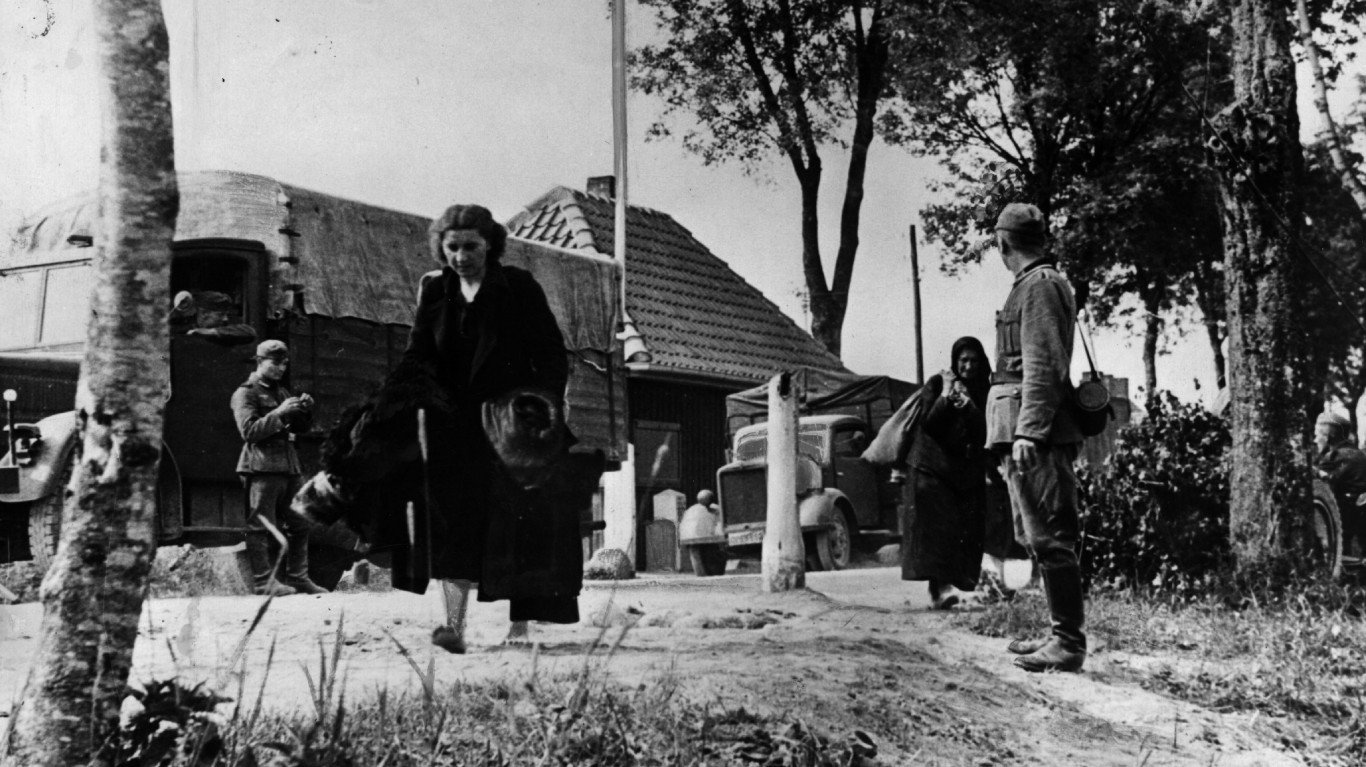
- World Atlas estimated casualties: 1.4 million
- Combatants: Germany, Soviet Union
The surprise Nazi invasion of the Soviet Union began on June 22, 1941, and involved more than 10 million combatants over several months, a staggeringly high number by any standard of warfare. Some 5.5 million Russians faced off against 3.5 million Germans and 700,000 German-allied troops, mainly from Finland, Romania, Hungary, Italy and Slovakia.
German Spring Offensive
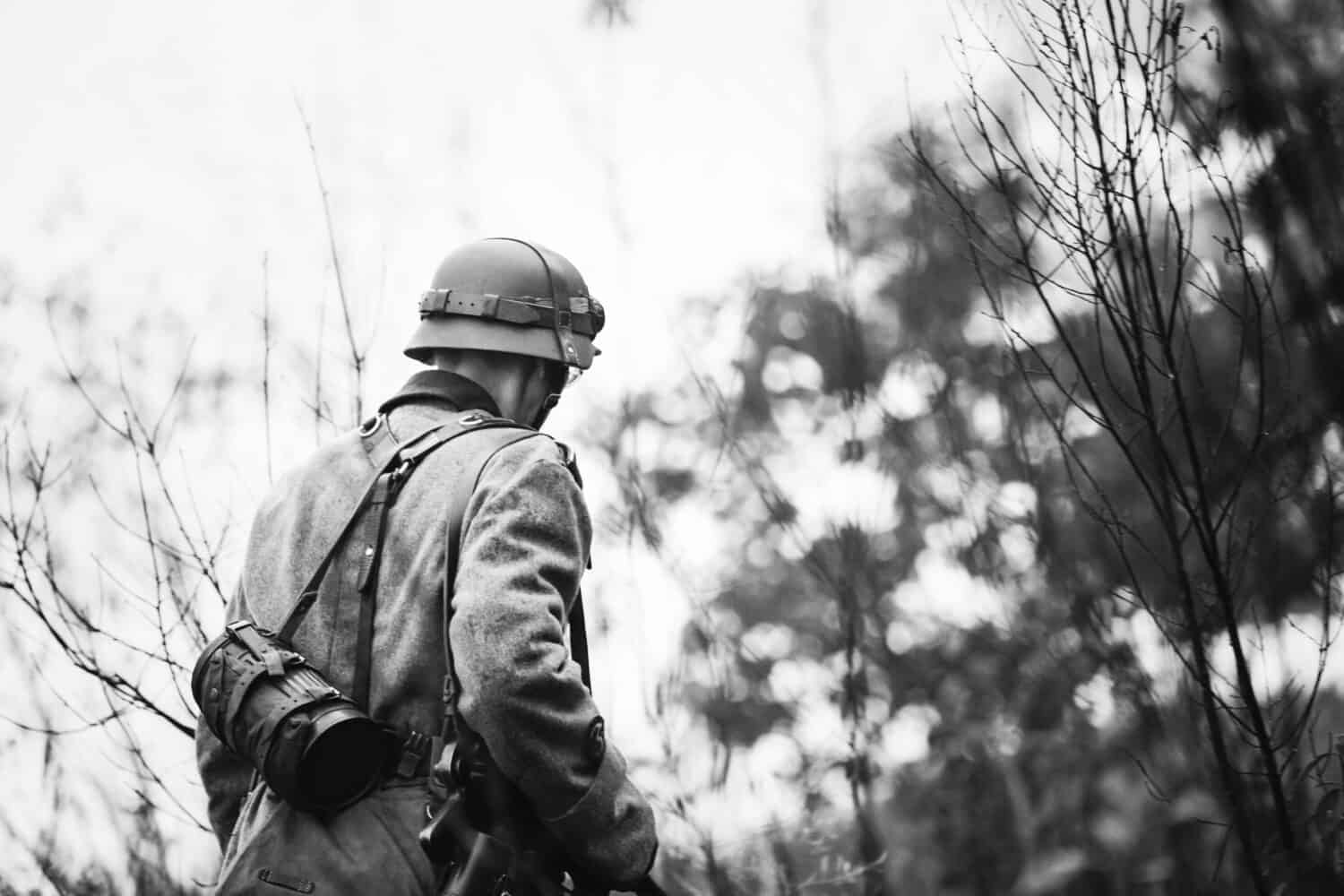
- World Atlas estimated casualties: 1.55 million
- Combatants: Germany, France, United Kingdom, United States
After the Russian resistance collapsed in 1917, the Germans pivoted westward in an attempt to end the war before U.S. military power could be fully deployed to Western Europe. The German Spring Offensive took place in France and Belgium and after nearly four months of barbaric trench warfare, the Germans failed in their effort to win the war before the U.S. arrived to help its European allies defeat the German Empire.
Battle of the Dnieper
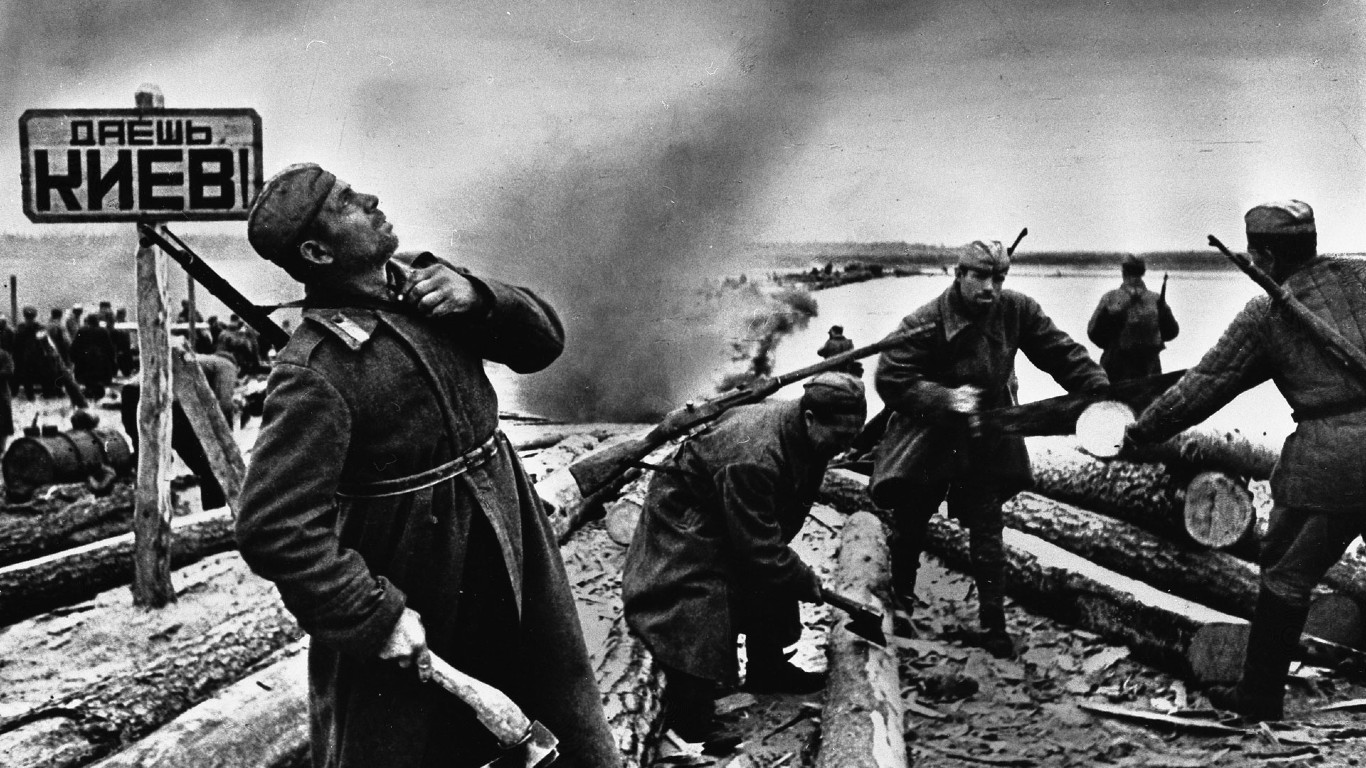
- World Atlas estimated casualties: 1.58 million
- Combatants: Germany, Soviet Union
The Battle of Dnieper (named after a major River in Eastern Europe) is yet another battle that took place in the Soviet Union in 1943 when the Nazis attempted to build an “East Wall” along the western shore of the Dnieper to block Russian advances. For four months, 4 million soldiers on both sides engaged in fierce fighting. Though the Red Army took more casualties, the Russians managed to punch through the German wall, making the Nazi withdrawal from the USSR inevitable.
The Brusilov Offensive

- World Atlas estimated casualties: 1.6 million
- Combatants: Russian Empire, Austria-Hungary, Germany, Ottoman Empire
The Brusilov Offensive occurred over a 300-mile section of the Eastern Front in what is now Western Ukraine, Poland, and East Prussia in 1916. Named after the Russian general who spearheaded the military victory, one of the most successful in World War I, the summertime offensive sparked the demise of the Habsburg Empire. Germany sent military reserves to support the Empire, which weakened them on the Western Front.
Mongol Sacking Of Baghdad

- World Atlas estimated casualties: 2 million
- Combatants: Mongol Empire, Abbasid Caliphate
The 13th-century sacking of Baghdad in the Abbasid Caliphate (modern-day Iraq), is incomparable. This region was once one of the world’s great intellectual and scientific centers, but this battle in January 1258 was a short 12-day siege. Although not as long as others listed here, the brutality during the sacking was swift and horrendous to the civilian population. After a siege of less than two weeks, the tribal horde entered the city and indiscriminately killed almost anyone they could find.
